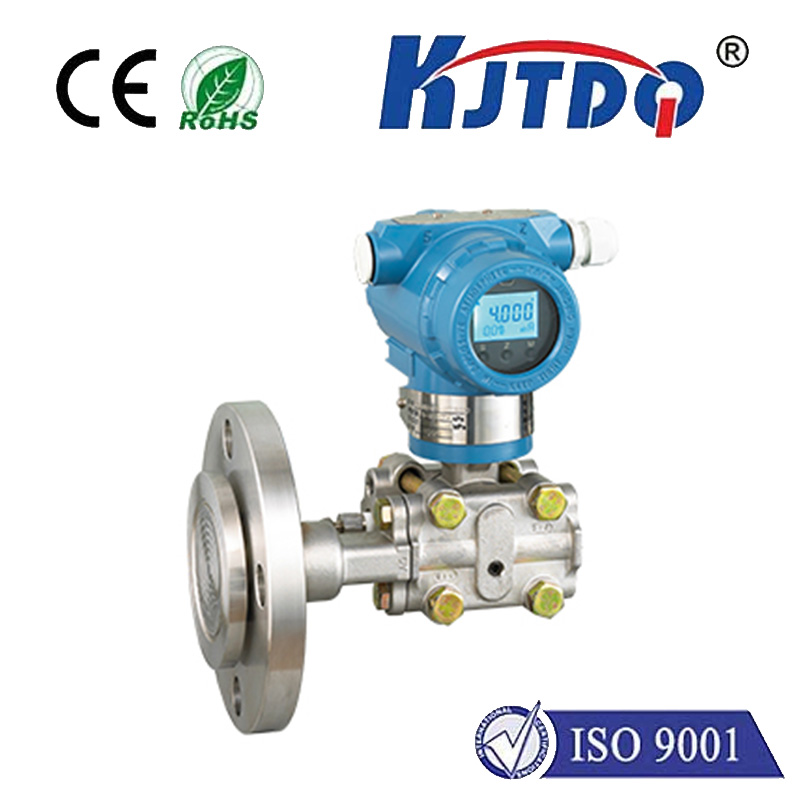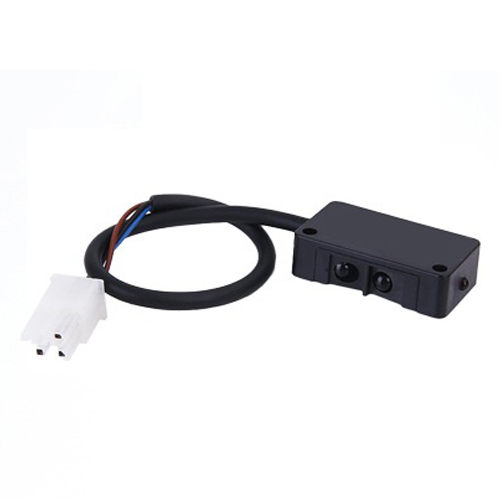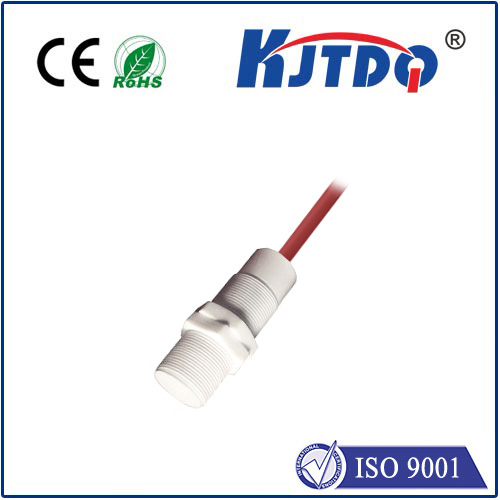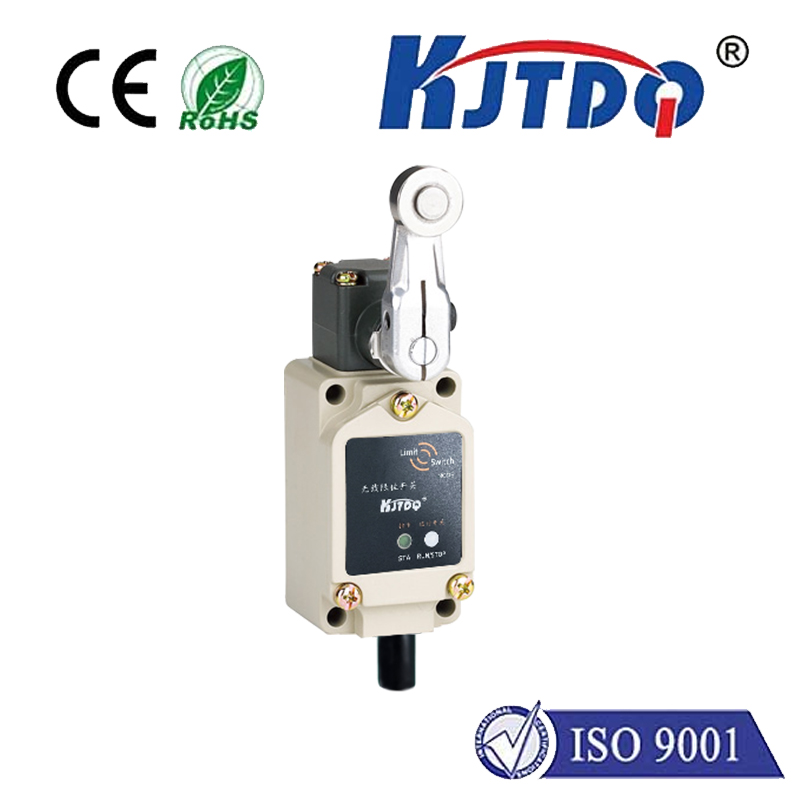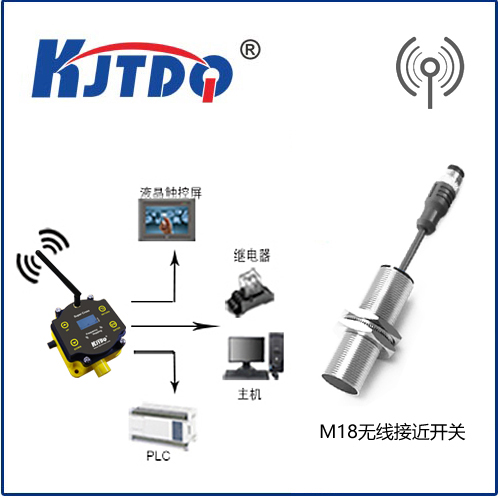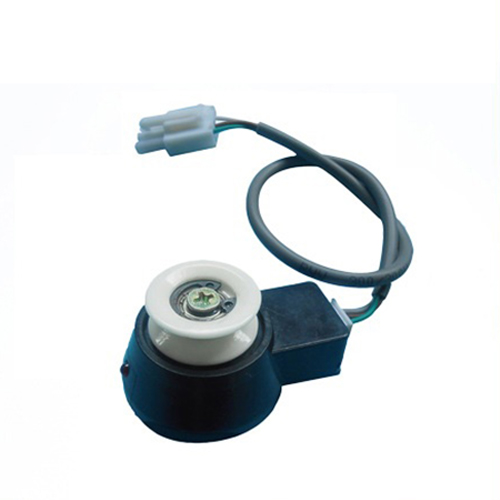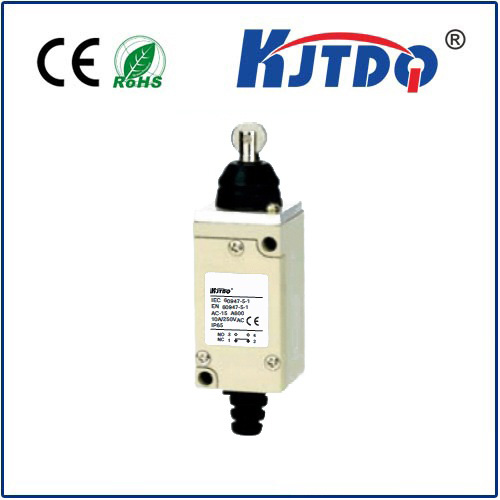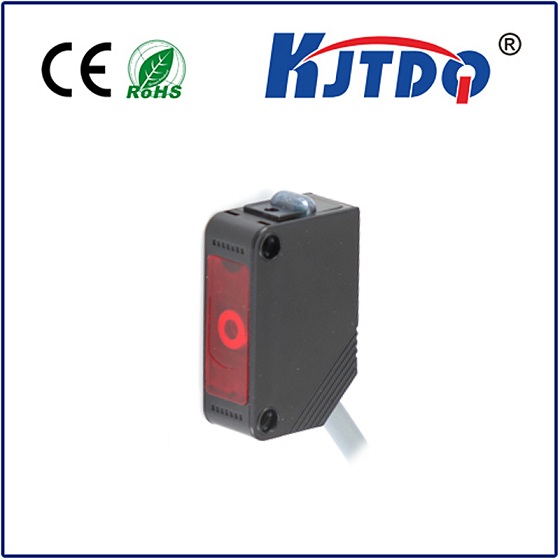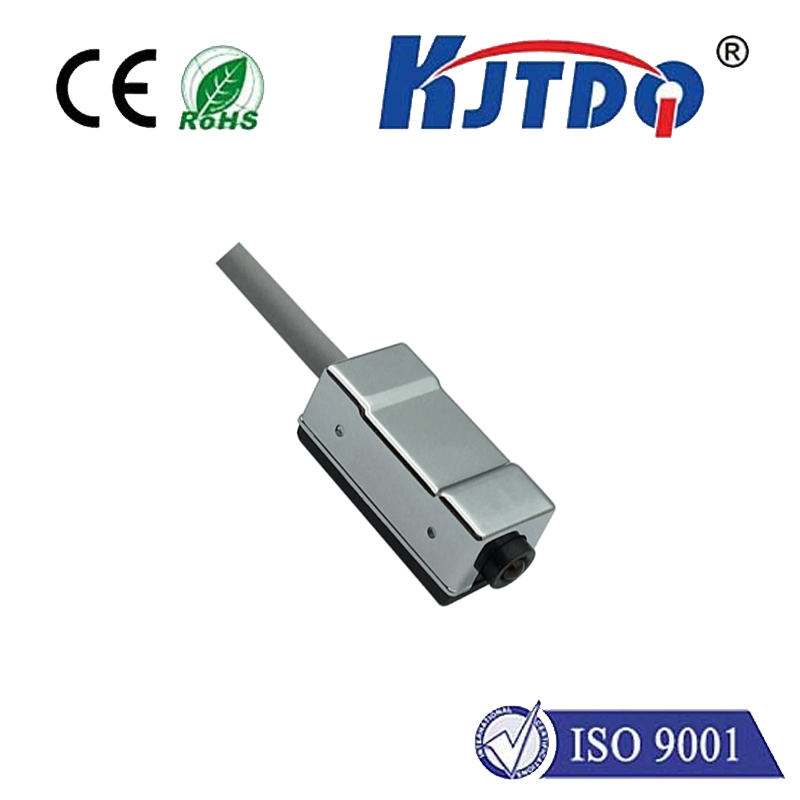Think about the last time you retrieved cash from an ATM. As the bills slid smoothly into the slot, a hidden mechanism ensured everything moved perfectly. Or consider a high-speed industrial printer, flawlessly registering each sheet flying through at incredible speeds. Behind these seemingly mundane actions, working silently and reliably, often lies a humble yet critical component: the sensor photo interrupter, also known as a slotted optical switch or opto-interrupter. These unsung heroes are fundamental to countless applications where precise, non-contact detection of objects is paramount. Understanding how they work and why they excel reveals their indispensable role in modern technology.
At its heart, a photo interrupter sensor is an elegantly simple optoelectronic device. It consists of two key components physically facing each other within a single, compact housing, separated by a precise gap or “slot”:
The fundamental operating principle hinges on the interruption of a light beam. The emitter constantly generates an invisible beam of infrared light directed straight across the gap towards the detector. When this beam is unobstructed, the detector receives the light, causing it to become conductive (in the case of a phototransistor) or generating a current (in the case of a photodiode). This state typically corresponds to a logical “low” or “off” output signal in many circuit designs. The crucial moment occurs when an object – be it a piece of paper, a gear tooth, a flag on a rotating shaft, or even a user’s finger – physically enters the slot. This object blocks the infrared beam from reaching the detector. Without light falling upon it, the detector ceases conduction or generates minimal current, resulting in a distinct change in its output state, often switching to a logical “high” or “on” signal. This abrupt transition signals the presence and precise position of the interrupting object.

This method offers significant advantages over other common detection approaches like датчик диффузного отражения. While diffuse sensors rely on light reflecting off the target object back to a detector usually located next to the emitter, photo interrupters provide vastly superior precision and reliability in specific scenarios. Because the emitter and detector are precisely aligned in a fixed path, the detection point is exceptionally well-defined. The exact moment the beam is broken is clear and consistent. This inherent precision makes them ideal for:
The photo interrupter sensor shines due to several key attributes, which we’ve bolded for emphasis:
Of course, no component is perfect for every situation. Photo interrupters have limitations. They require the target object to physically pass through the slot, meaning the system design must accommodate this gap. Dust, dirt, or fog accumulating within the slot can potentially scatter or block the beam, causing false triggers or failures – though many industrial designs feature sealing or air gaps to mitigate this. Strong ambient light, particularly bright infrared sources, could potentially saturate the detector if not properly shielded or filtered, although the typical use of modulated IR light helps minimize this. They are inherently binary sensors (object present/absent) at the slot location, though arrays can provide some positional resolution.
Choosing the right slotted optical switch involves considering factors like the required sensing gap width, the operating speed (response time), the electrical output type (transistor output - NPN/PNP, digital logic level, analog), voltage requirements, and the required packaging for the environment (sealing against dust/moisture).
From the subtle “click” confirming your microwave door is closed safely, to ensuring complex robotic assembly lines operate with micron-level precision, the sensor photo interrupter performs a vital function. Its elegant simplicity, based on the fundamental act of interrupting a beam of light, translates into exceptional reliability, speed, and positional accuracy. In a world increasingly driven by automation and precision, this fundamental optoelectronic sensor remains a cornerstone technology, the quiet gatekeeper ensuring countless processes function smoothly, safely, and accurately. Understanding its core principle of beam interruption unlocks the secret to its widespread and enduring utility.
